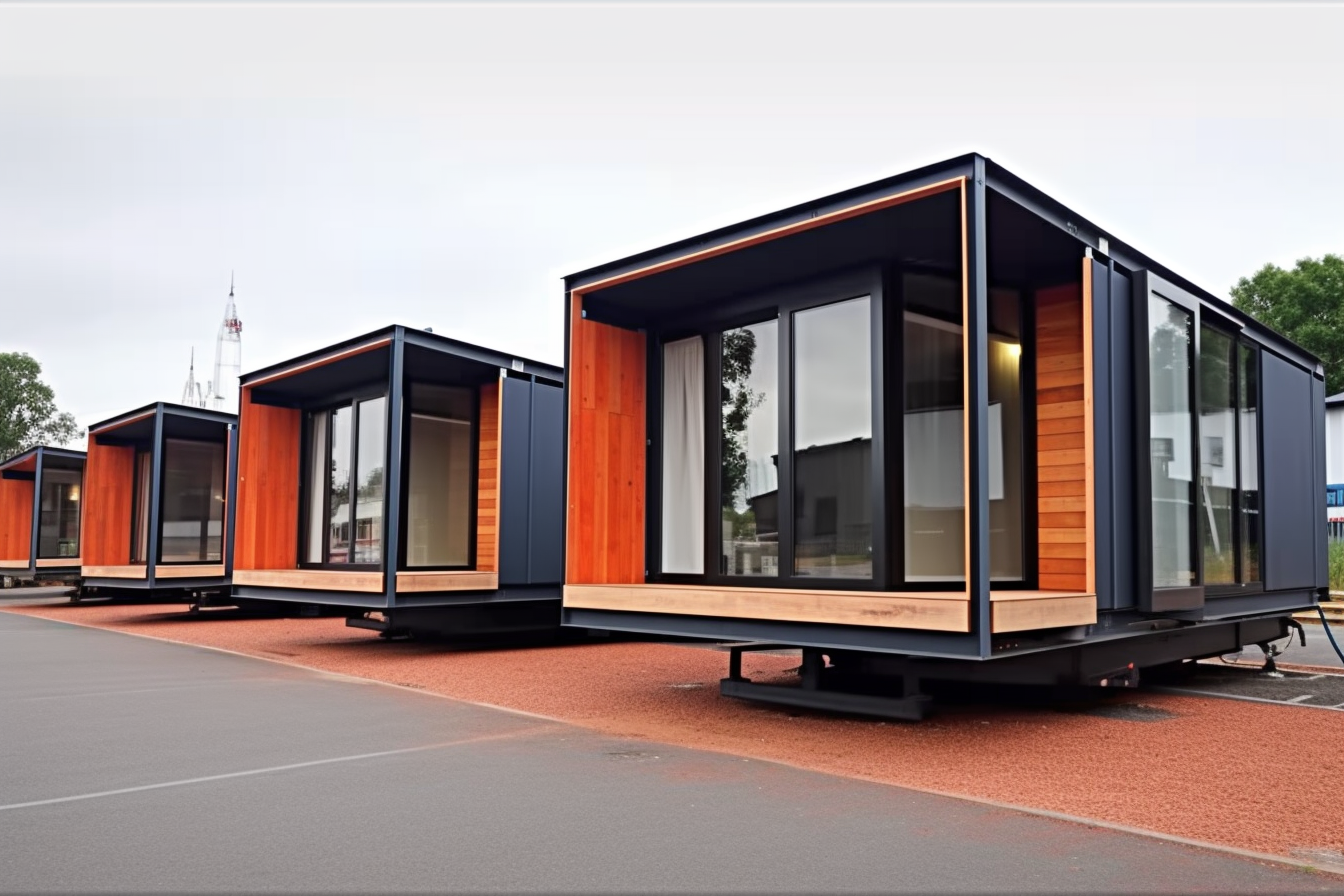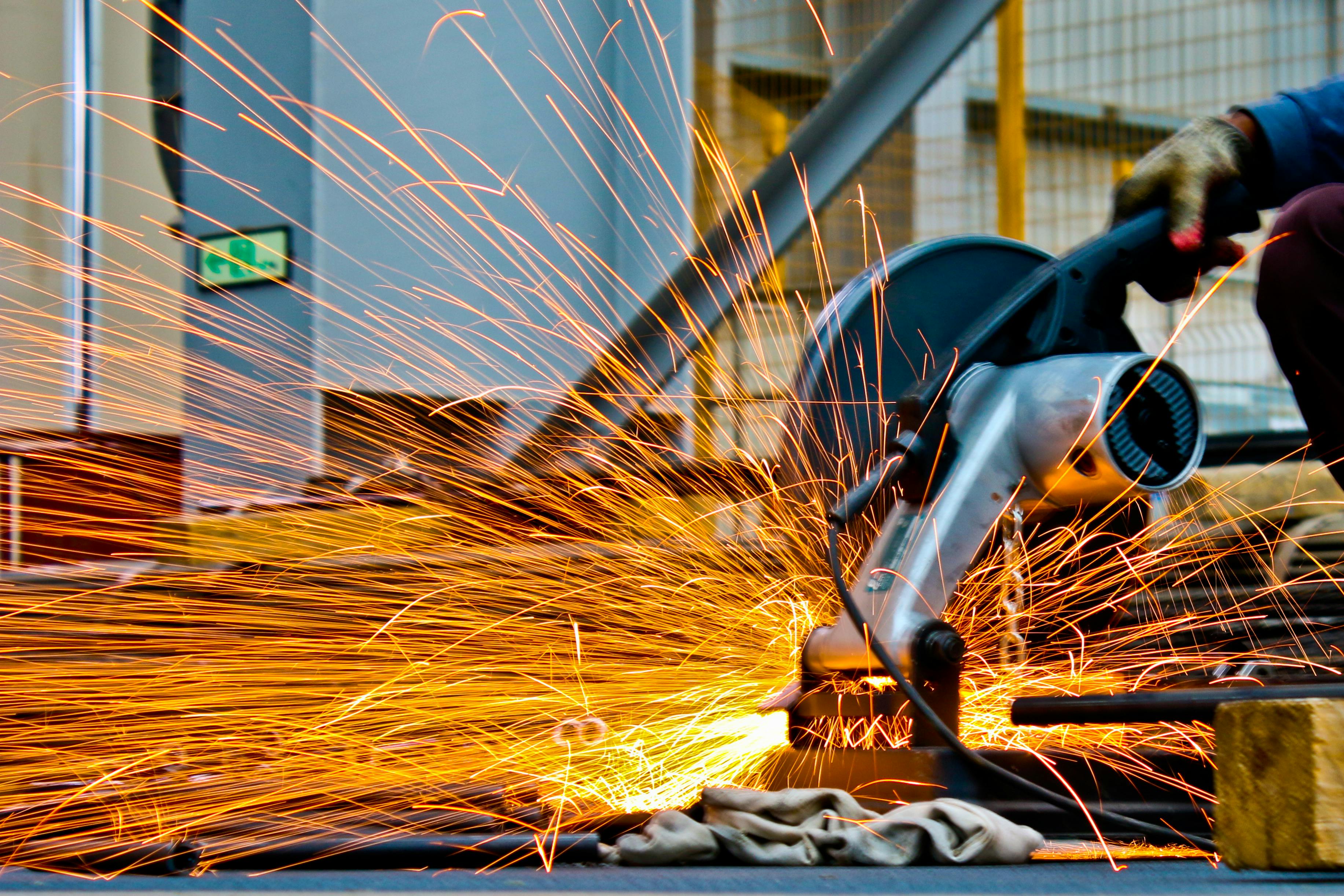Modular Homes: Smart Prefabricated House Construction
Modular homes are changing how people think about building a house and creating a home. By combining factory precision with on-site finishing, modular construction reduces timelines and can improve quality control compared with traditional methods. This article explains what modular homes are, how prefabricated construction works, durability and design considerations, and how to find local services for a modular home project.

What is a modular home?
A modular home is built in factory-made sections—modules—that are transported to a site and assembled on a permanent foundation. Unlike mobile homes, modular homes meet local building codes for permanent residences. Each module is constructed indoors under controlled conditions, which allows builders to standardize processes, minimize weather delays, and often achieve consistent quality across the project.
How does prefabricated construction work?
Prefabricated construction refers to the process of manufacturing building components off-site and delivering them for assembly. For modular homes, this typically involves framing, wiring, plumbing, and interior finishes being completed in a factory setting. Once delivered, crews connect the modules, join utilities, and complete exterior finishes. This workflow shortens on-site time, reduces material waste, and allows simultaneous site preparation and module fabrication to speed up overall timelines.
Are modular homes as durable as a traditional house?
Modular homes can be as durable or more durable than traditional stick-built houses when built to the same code and standards. Factory conditions allow precise assembly and consistent inspections, which can reduce construction defects. Transport and on-site assembly require sturdy connections and proper sealing; when managed by experienced contractors and engineers, modular houses meet or exceed performance expectations for structural integrity, insulation, and weather resistance.
How do modular homes affect home design and customization?
Contrary to some assumptions, modular homes offer substantial customization. Manufacturers provide a range of floor plans, finishes, and layout options that can be mixed and matched. Modules can be combined in different configurations to create multi-story homes, open-plan spaces, or unique architectural forms. Design freedom depends on the provider and local transport constraints; working with architects or designers familiar with modular systems helps translate style preferences into feasible module layouts.
Finding local services and planning modular home construction
When planning a modular home, source local services for site preparation, foundation work, permitting, and final assembly, as those tasks must comply with local regulations. Look for modular home builders, manufacturers, and contractors experienced with on-site integration and local codes. Review portfolios, ask for references, and confirm what warranties cover factory-built components versus on-site workmanship. Early coordination between the module manufacturer and local contractors reduces surprises during installation.
Conclusion
Modular homes and prefabricated construction offer a practical alternative to conventional building, combining factory efficiency with on-site customization to create durable, attractive houses and homes. By understanding how modules are manufactured, how they perform, and how to coordinate local services, prospective homeowners can make informed choices about whether a modular approach fits their project and lifestyle.





